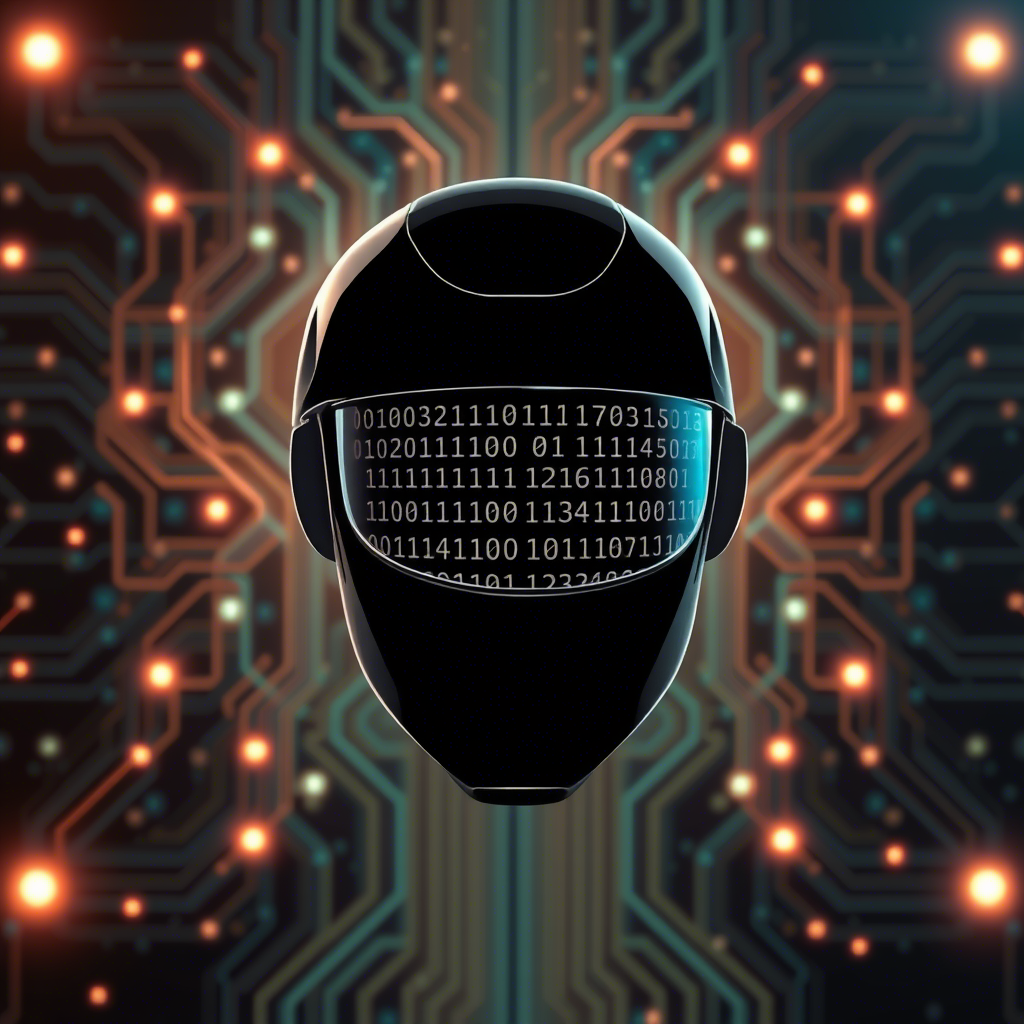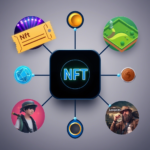Artificial Intelligence (AI) is revolutionizing industries, reshaping the way we work, live, and interact with technology. From self-driving cars to personal virtual assistants, AI has moved from science fiction to everyday reality. In this article, we provide a thorough introduction to AI: what it is, its evolution, and the underlying principles that drive its rapid growth.









